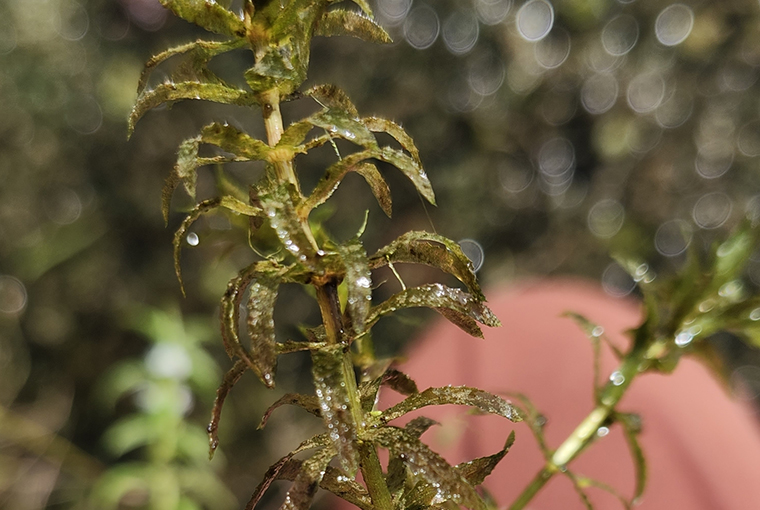
Since the first detection of the invasive aquatic plant hydrilla (Hydrilla verticillata) in the Leamington area last summer, a hydrilla-focused working group led by the Ministry of Natural Resources (MNR) has been working on next steps.
“Right now, we are fortunate to have the invasive plant contained in the west cell of Hillman Marsh Conservation Area,” Invading Species Awareness Program Advisor Brook Schryer said. “While the cell is currently closed to all public access, the working group is investigating effective methods for controlling and eradicating hydrilla.”
Surveillance will be conducted in surrounding areas this spring and summer.
Hydrilla lookout
This spring, it’s important that people remain diligent when on the water, especially those near Point Pelee. Every precaution should be made to Clean, Drain, Dry your watercraft before and after you leave the water to ensure you do not spread any aquatic invasive species. This plant grows rapidly, forming dense mats of vegetation that degrades water quality, hindering water flow. It directly impacts swimming, fishing, and boating.
Invasive hydrilla has four to eight leaves around its stem, with toothed leaf edges. Native Canada waterweed has three leaves around its stem with smooth leaf edges.
Visit www.invadingspecies.com to learn more. If you think you’ve come across it, snap a photo, note your location, and call the Invading Species Hotline at 1-800-563-7711 or report online at www.EDDMapS.org.
Click here for more outdoors news


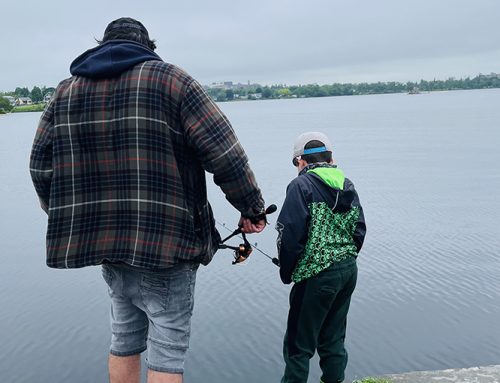
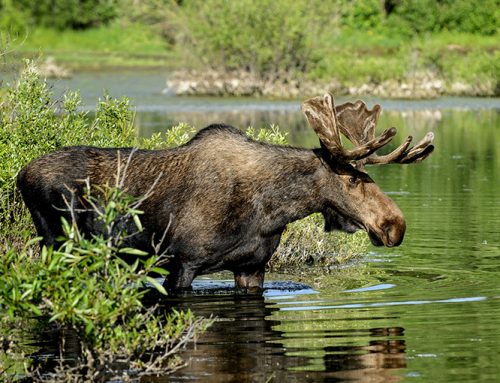
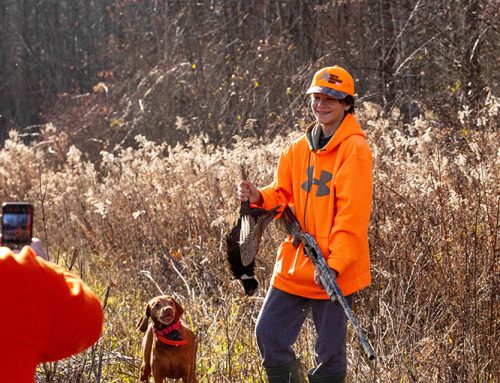
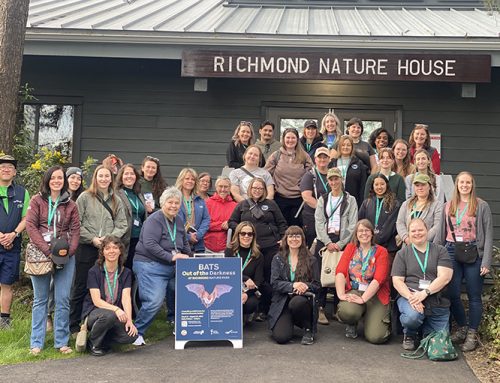
Leave A Comment